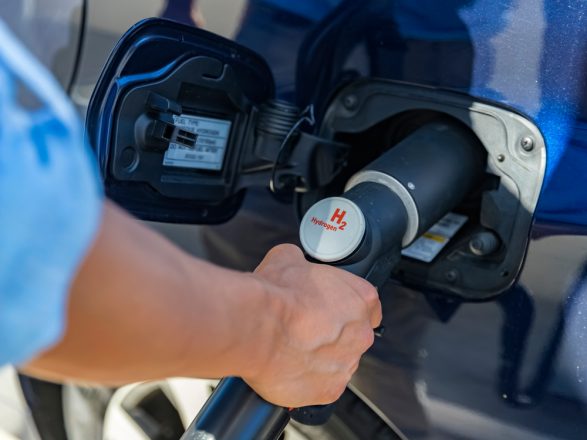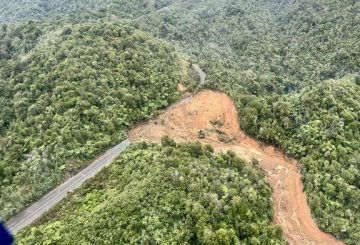Nhà máy hydro xanh đầu tiên ở New Zealand đã chính thức bắt đầu sản xuất. Nhà máy hydro xanh 1,5 MW, nằm ở Taupo, được thành lập bởi Halcyon Power và sử dụng điện được tạo ra bởi nhà máy điện địa nhiệt Mokai gần đó. Halcyon Power là một liên doanh 50/50 của Tuaropaki Trust và Tập đoàn Obayashi có trụ sở tại Nhật Bản.
Theo giám đốc dự án Halcyon Power Aya Inagaki, việc vận hành nhà máy hiện đã hoàn thành. Một sự thẩm định sau cam kết sẽ được thực hiện và nên được hoàn thành trước khi kết thúc năm 2021.
Nhà máy hydro xanh đã được phát triển từ năm 2018 và bắt đầu xây dựng vào năm 2020, như chúng tôi báo cáo. Theo Giám đốc điều hành Tuaropaki Steve Murray, nhà máy dự kiến sẽ bắt đầu bán buôn hydro trong nước vào tháng 1 năm 2022 và sẽ sản xuất khoảng 180 tấn trong năm đầu tiên. Mục tiêu lâu dài là để nhà máy đóng góp vào một chuỗi cung ứng hydro hoàn chỉnh bao gồm vận chuyển, lưu trữ và tiếp nhiên liệu.
Murray giải thích rằng hydro xanh cung cấp một sự thay thế bền vững hơn không chỉ cho nhiên liệu hóa thạch, mà còn cho hydro có nguồn gốc than cho các quá trình công nghiệp. “Halcyon Power phù hợp với các giá trị của chúng tôi để chăm sóc môi trường và nhà vô địch nghiên cứu và phát triển năng lượng tái tạo thay thế.”
“Trong khi giúp New Zealand khử cacbon, dự án này mở ra tiềm năng cho đất nước xuất khẩu hydro và sở hữu trí tuệ liên quan đến hydro như một nhiên liệu vận chuyển.” Murray đã thêm.
Ghế Tuaropaki Gina Rangi cũng đề cập rằng nhà máy hydro xanh là một bước tiến quan trọng hướng tới việc đạt được mục tiêu phát thải khí nhà kính không ròng của New Zealand vào năm 2050.
“Cùng với Tuaropaki, chúng tôi sẽ điều tra xây dựng một chuỗi cung ứng hydro ở New Zealand kéo dài sản xuất, vận chuyển và ứng dụng, và góp phần vào sự xanh của đất nước.” Chủ tịch Tập đoàn Obayashi Kenji Hasuwa cho biết trong một địa chỉ video được ghi trước.
Nguồn: Scoop





























































